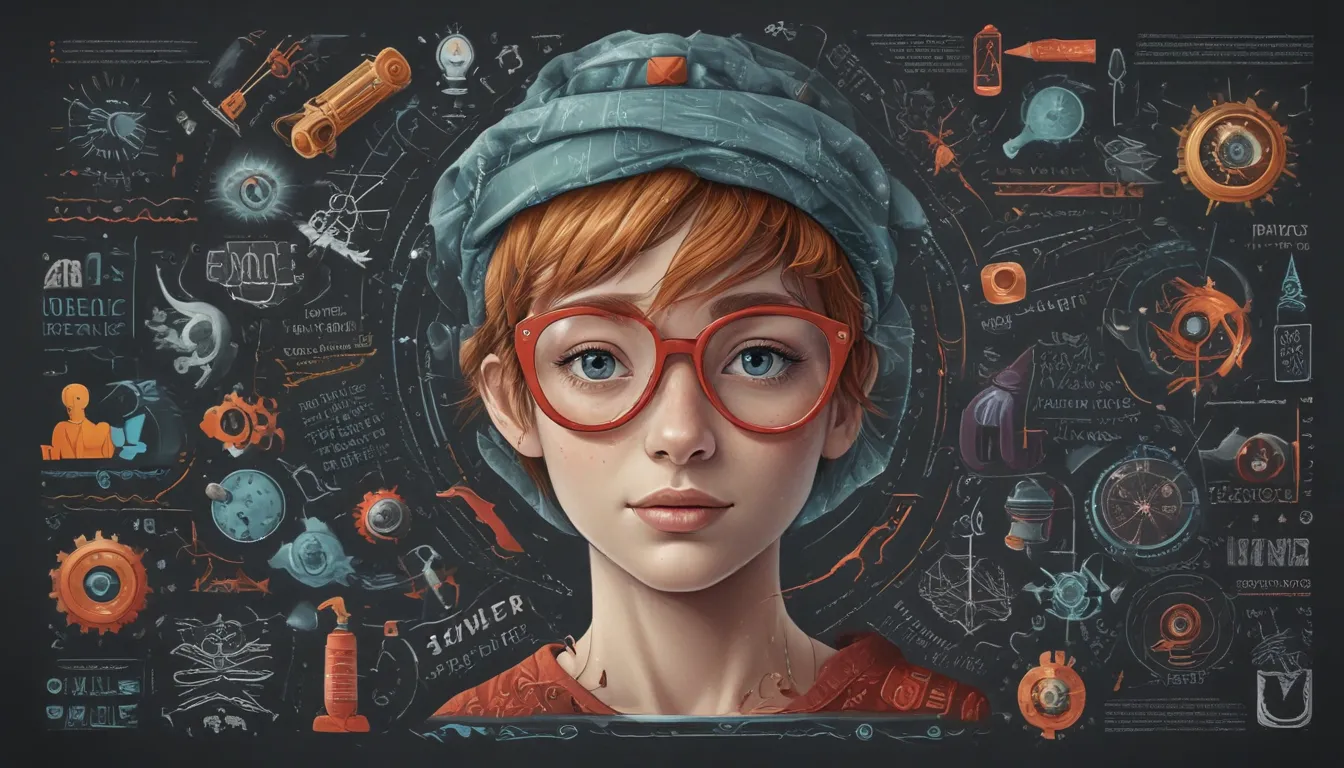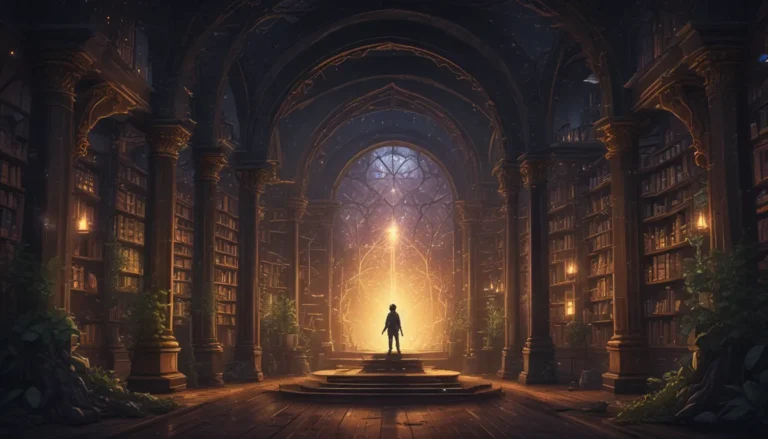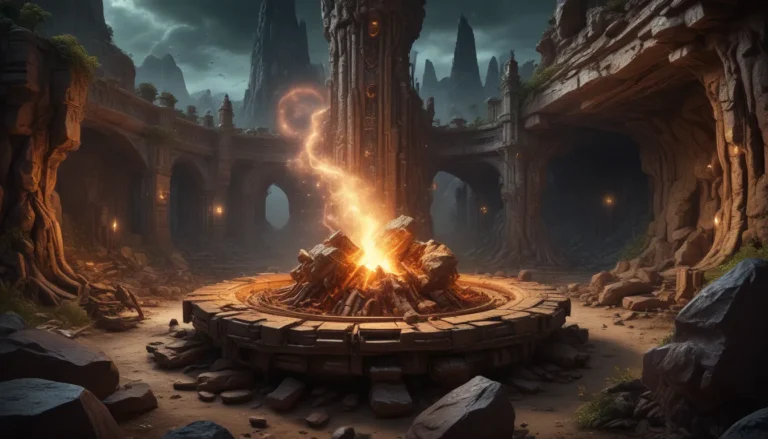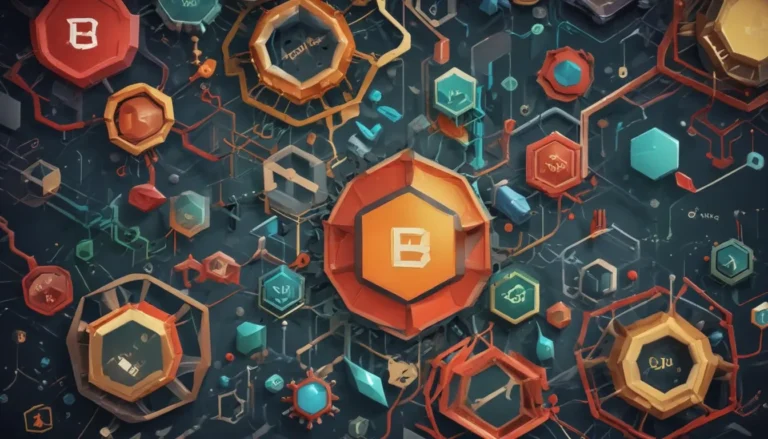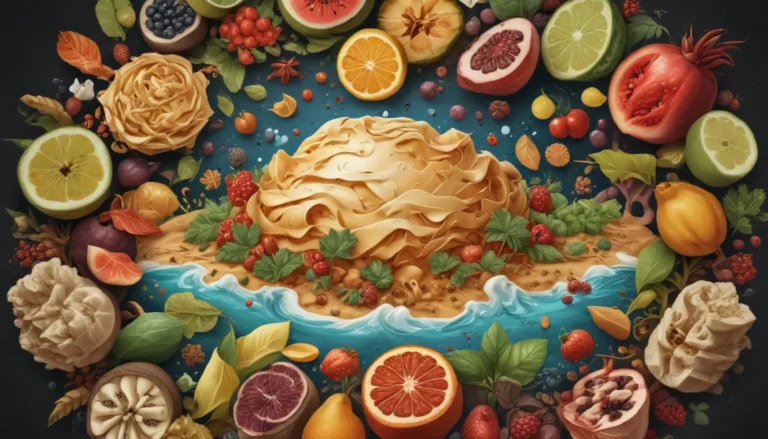A Note About Images: The images used in our articles are for illustration purposes only and may not exactly match the content. They are meant to engage readers, but the text should be relied upon for accurate information.
In the world of creative design, art and science converge to breathe life into ideas, transforming them into visually stunning and functional masterpieces. From graphic design to interior decorating, the realm of creative design spans a vast array of disciplines, each employing unique skills and techniques to solve problems and create aesthetically pleasing outcomes. Whether you’re a seasoned designer or simply curious about the creative world, delving into these 24 intriguing facts about creative design will enrich your understanding and appreciation for the art of design.
Understanding Creative Design
Creative design is more than just making things look good; it involves the process of developing unique solutions across various fields such as graphic design, web design, advertising, and architecture. It requires thinking outside the box to create visually appealing and effective designs that communicate messages or solve problems creatively.
- Creative design includes a wide range of disciplines beyond visual arts, such as fashion, interior design, and digital user interfaces.
The Influence of Color in Design
Color plays a pivotal role in creative design, influencing mood, communicating messages, and even impacting purchasing decisions.
- Research shows that color can enhance brand recognition by up to 80%.
- Blue is commonly used to evoke feelings of trust and security, making it a popular choice for brands in sectors such as finance and social media.
Typography as a Design Element
Typography is as crucial as color in conveying the character of a brand and enhancing readability in design.
- Font choice significantly affects how information is perceived, with serif fonts conveying a more traditional feel and sans-serif fonts appearing more modern.
- Typography can evoke specific emotions or associations in viewers, adding a psychological aspect to design.
The Evolution of Web Design
Web design has undergone significant evolution, with trends continually changing to enhance user experience and aesthetic appeal.
- Responsive design is now essential to ensure websites are accessible and visually appealing across various devices.
- Minimalism, characterized by clean lines and uncluttered spaces, has been a dominant trend in web design for years.
The Power of Packaging Design
Packaging design is a crucial element in marketing, often influencing consumer purchasing decisions as the first point of interaction with a product.
- Effective packaging design can communicate a brand’s message and values without the need for words.
- The focus on sustainability in packaging design is growing, prompting brands to explore eco-friendly options to align with consumer preferences.
Creativity in Advertising
Creativity in advertising goes beyond originality; it involves connecting with the audience in a meaningful way and standing out in a crowded market.
- Emotional advertising, which aims to create a bond with the audience through feelings, can be more effective than purely informational ads.
- Storytelling in advertising makes brands more relatable and memorable to consumers.
The Impact of Social Media on Design
Social media platforms provide designers with a vast canvas for creativity, influencing trends and facilitating instant feedback from the public.
- Visual content on social media generates higher engagement than text-only posts.
- Platforms like Instagram have popularized influencer marketing, where design plays a key role in creating an appealing aesthetic that attracts followers.
Embracing the Future of Creative Design
As technology advances, creative design evolves, requiring designers to adapt to new tools and trends to remain relevant.
- Virtual reality (VR) and augmented reality (AR) are opening new possibilities for immersive design experiences.
- Artificial intelligence (AI) is increasingly playing a role in the creative process, offering innovative ways to generate and refine designs.
The Significance of User Experience (UX) Design
User experience (UX) design focuses on ensuring that the user’s interaction with a product or service is intuitive and satisfying.
- Quality UX design reduces user frustration and fosters brand loyalty.
- UX design goes beyond usability, also aiming to evoke the right emotions and feelings in users.
Designing for Sustainability
Sustainability is gaining importance in design, driven by growing consumer and designer awareness of environmental issues.
- Product design is prioritizing eco-friendly materials and processes to align with sustainability goals.
- In architecture, sustainable design principles are creating energy-efficient buildings with minimal environmental impact.
Cultural Trends Shaping Design
Design is heavily influenced by cultural and social trends, reflecting the spirit of the times.
- Global events and movements can significantly impact design trends, as seen during the COVID-19 pandemic with designs promoting social distancing.
- Designers draw inspiration from diverse cultures, resulting in a rich tapestry of styles and ideas.
Lifelong Learning for Designers
To stay competitive and innovative, designers must continuously seek new knowledge and skills to adapt to the fast-paced industry.
- The design landscape is ever-evolving, with trends and technologies constantly changing.
- Online courses and tutorials make it easier for designers to learn new tools and techniques, while networking offers opportunities for collaboration and growth.
A Final Reflection on Creative Design
Creative design encompasses problem-solving, innovation, and communication, shaping our world through thoughtful design choices. Each aspect of design, from color psychology to typography, plays a role in influencing emotions, decisions, and behaviors. By embracing these insights and staying attuned to evolving trends and technologies, designers can create impactful and meaningful work. Remember, every element in design carries weight on the canvas of visual communication. Let these facts serve as your guide as you craft your next masterpiece, embodying the essence of great design.
In Conclusion
Each fact shared in this exploration of creative design offers a unique perspective on the intricate world of design. From color psychology to sustainability, these insights highlight the multifaceted nature of creative design and its profound impact on our lives. As you continue to delve into the realm of design, remember to embrace continuous learning, innovation, and creativity to stay ahead in the ever-evolving landscape of creative design. Here’s to your journey of discovery and growth in the art of design!
